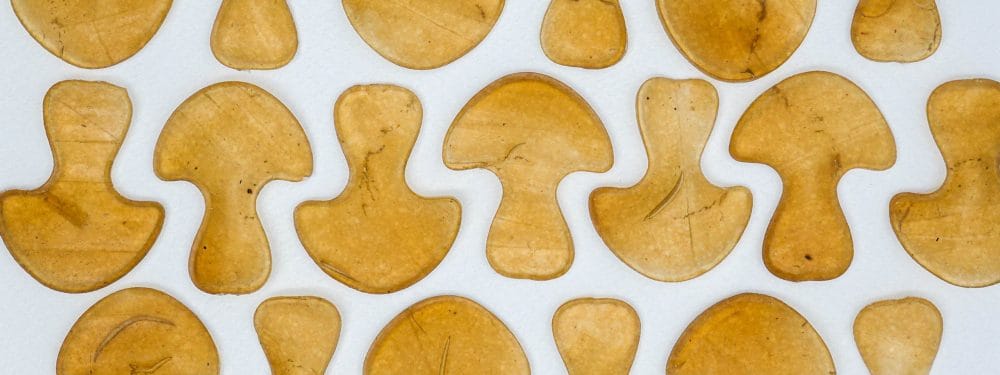Straight to the brain.
Fragrance expert Miro Branimir Senjak on the underestimated value of fragrances in packaging design and opportunities for food manufacturers: “Using synesthesia as a product development method offers endless opportunities and enables an authentic experience of the product at the point of sale.”
How does it taste, or how does the drink smell? What color is the smell? How does the smell feel? What is your tone? …
The sense of smell is one of the oldest senses in evolutionary terms and is therefore also called the primordial sense. The most important functions of the sense of smell are, on the one hand, the sensual perception of delicious foods, beguiling flowers in nature and attractive people, and on the other hand, the warning of dangers such as the smell of spoiled food or smoke in the event of a fire. Thus, smell is a very intuitive means of communication from the environment to us humans for attraction and repulsion. The sense of smell is the only sense that is transmitted directly into the limbic system without other nerve cells intervening. The olfactory impulse then directly generates an emotion in the limbic system.
When looking at the food & beverage packaging market, the focus is on visual appeal. New launches in particular must arouse the interest of customers and induce them to buy something. In addition to visual packaging design, haptics have played an increasingly important role for many years. With various paper surfaces, embossing techniques and refinements, the haptic perception of the packaging is part of the second dimension of the multi-sensory experience of brands.
In addition to acoustics, smell in particular is a tool that is still far too little used for marketing packaging. Humans have five different taste receptors on their tongues, namely salty, sweet, sour, bitter and umami. With a strong cold, the sense of smell with its more than 350 different olfactory receptors is missing when eating and drinking. It looks like a black-and-white picture that only a little over 1% can be experienced without color, if the different types of receptors taste to smell are set in a ratio of 5: 350.
Release fragrances when unpacking
So it is time to put the focus on the 99%. A good option here is to print encapsulated fragrances that are released when bursting. This can be printed under a perforation or as a scratch-off area on the packaging. Another option is to incorporate the fragrances into the adhesive. The company APPLE has been looking for a pleasant adhesive scent for the packaging for years, which smells technically fresh and is slightly reminiscent of the fruity-green top note of pineapple, such as the scent raw material Cyclogalbanate – the scent of innovative technology. New fragrance raw materials regularly come onto the market, which are becoming more and more stable and skin-friendly and which can be encapsulated or processed without any problems.
Especially in the food & Beverage, the targeted use of fragrances in packaging is still in its infancy. The big trend here is synesthesia , i.e. the translation of the brand essence into all sensory channels. Here the sense of taste, which consists of 99% smell, should set the tone. Manufacturers should ask themselves the following questions: How does it taste, so how does the drink smell? What color is the smell? How does the smell feel? What is your tone? …
Using synesthesia as a product development method offers endless opportunities and enables an authentic experience of the product at the point of sale. We live in a time when more knowledge is available than ever before. The task now is to network this knowledge and to further develop the technology in order to be able to implement the innovations.
Miro Branimir Senjak, April 2021
About the author: Miro Branimir Senjak is an experienced fragrance marketer and trained perfumer with his own fragrance laboratory in Zurich. Trendy, individual and conceptual fragrance creations of the future are created there.

